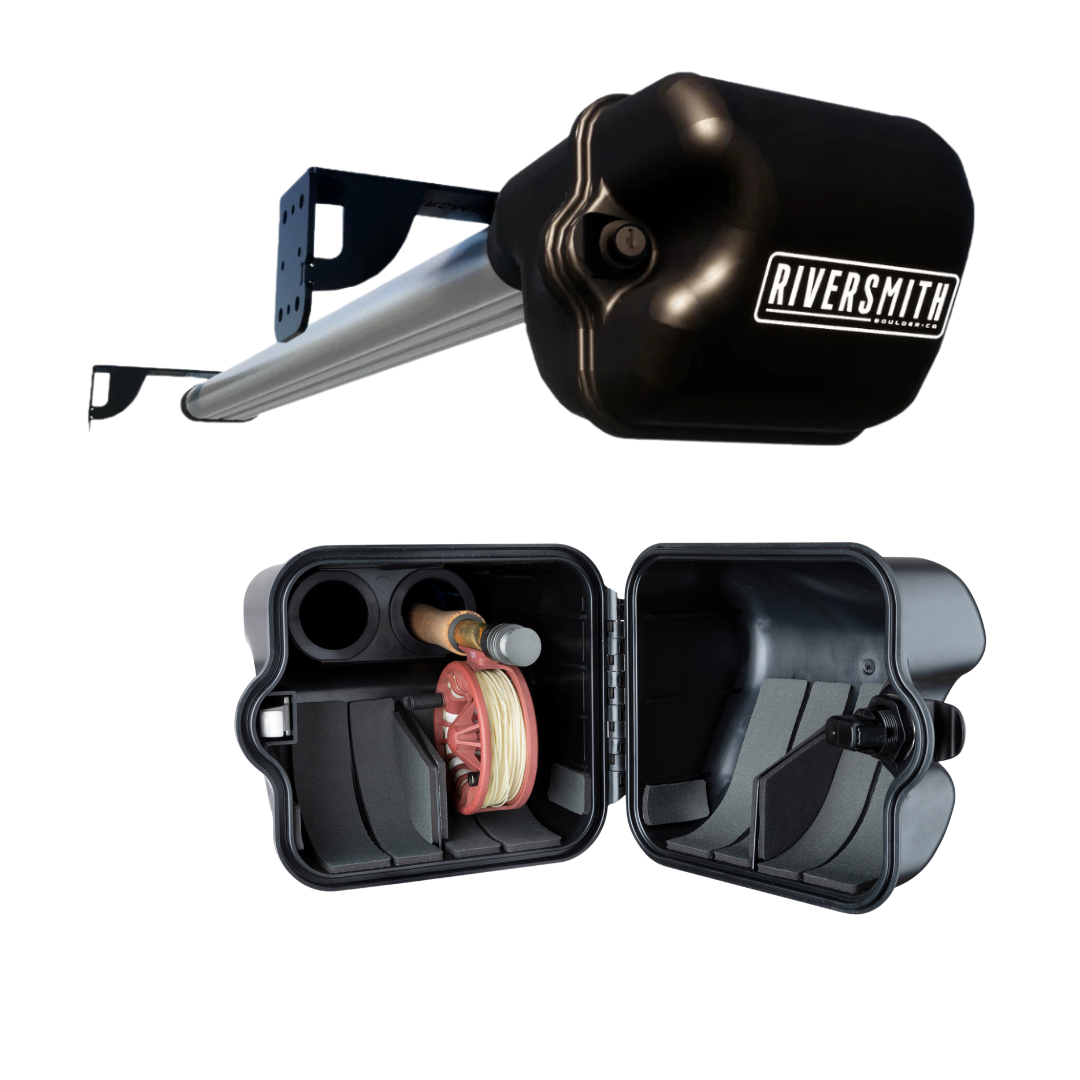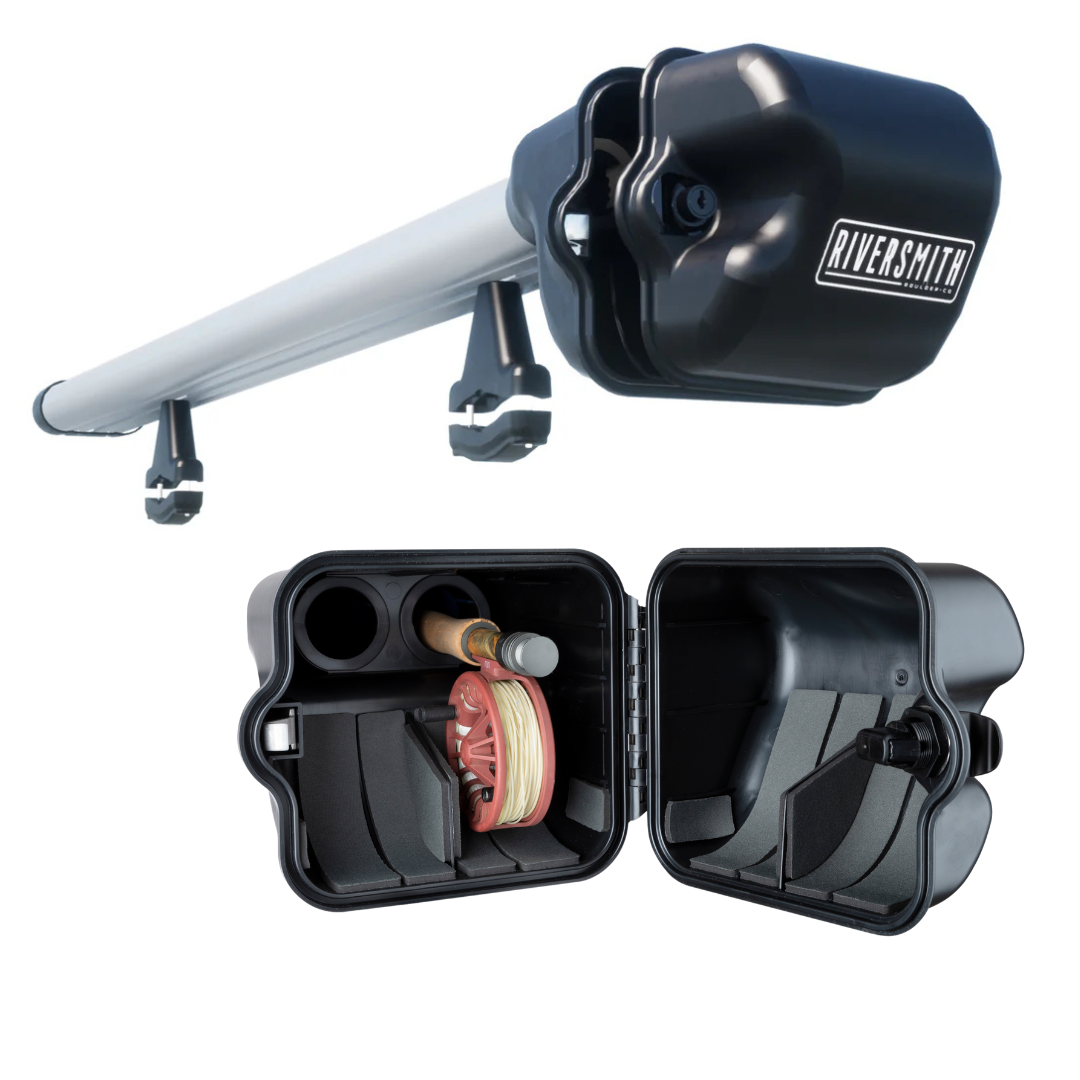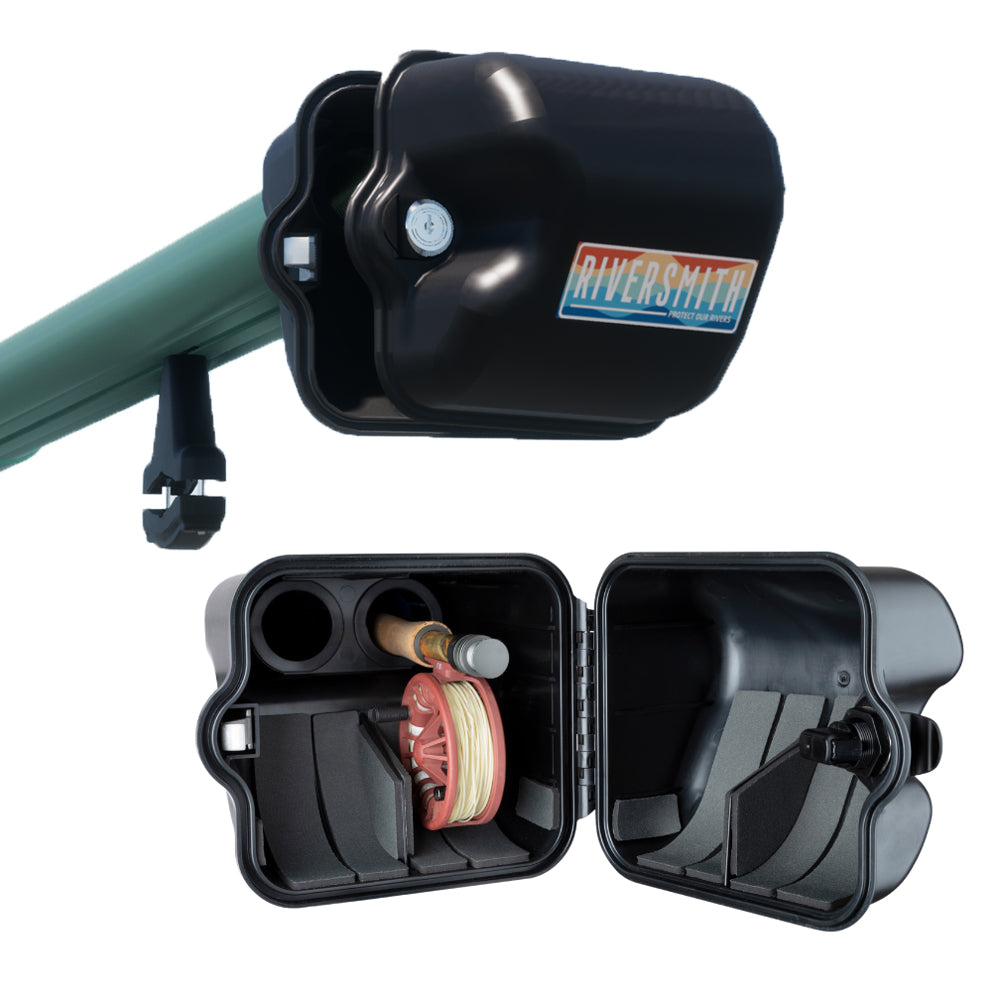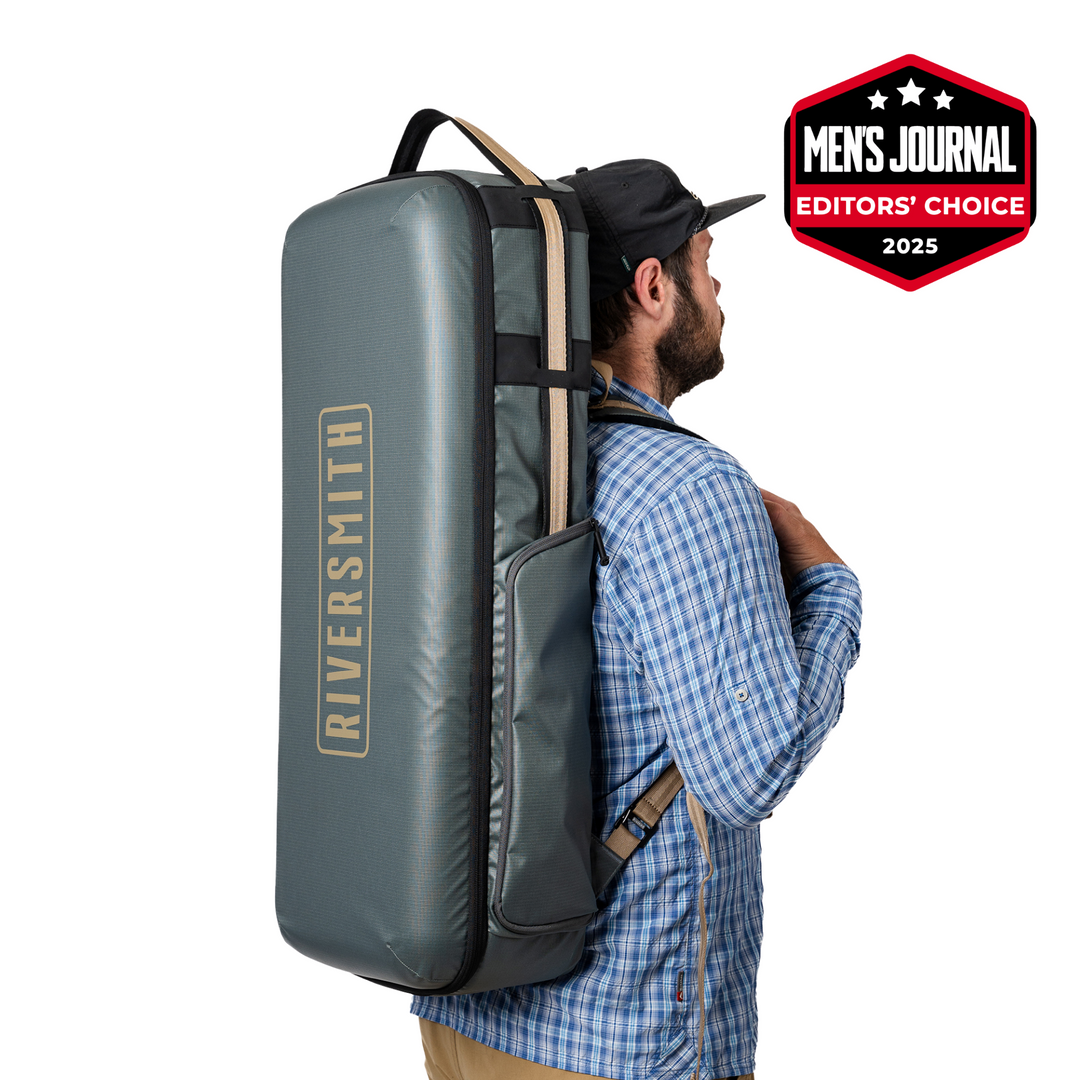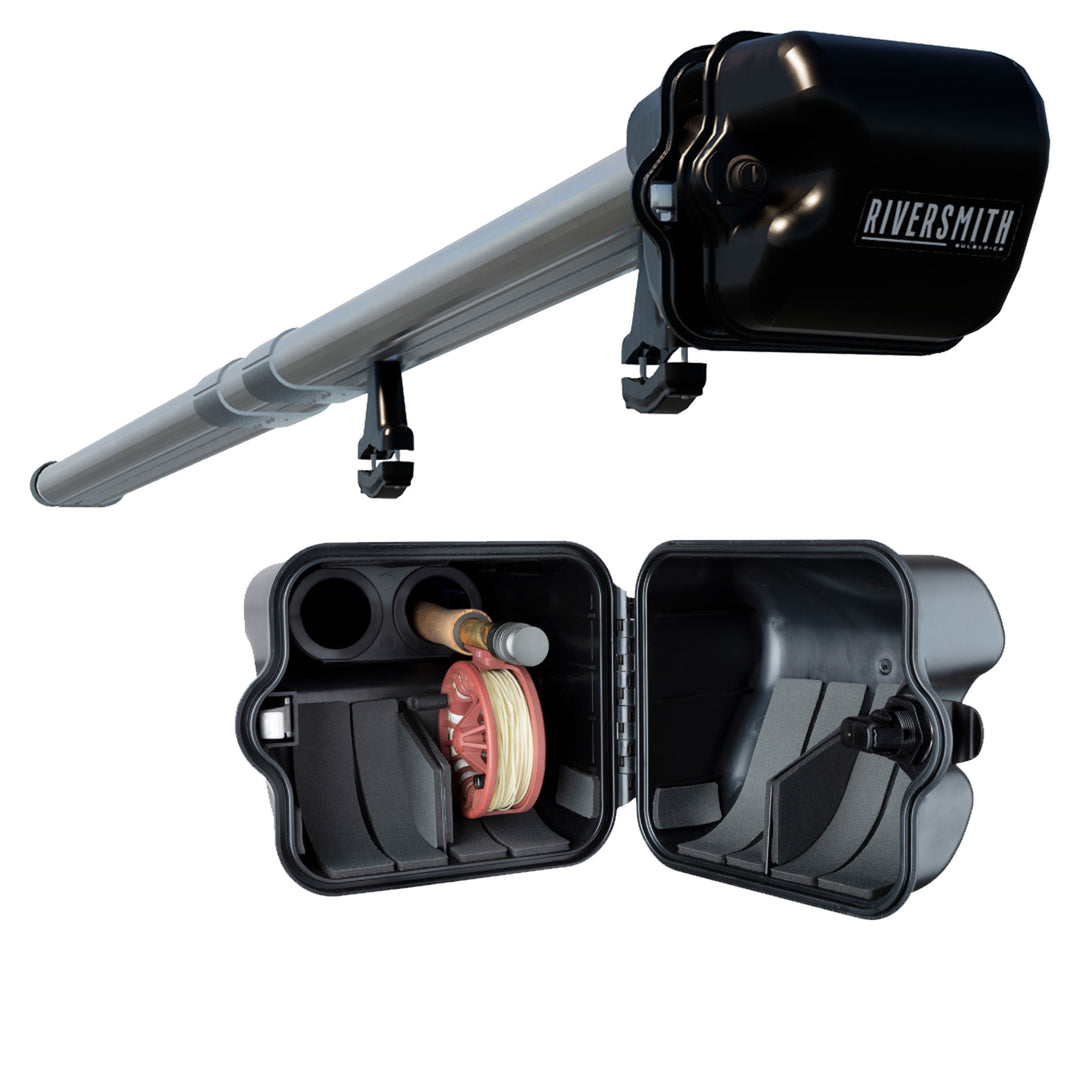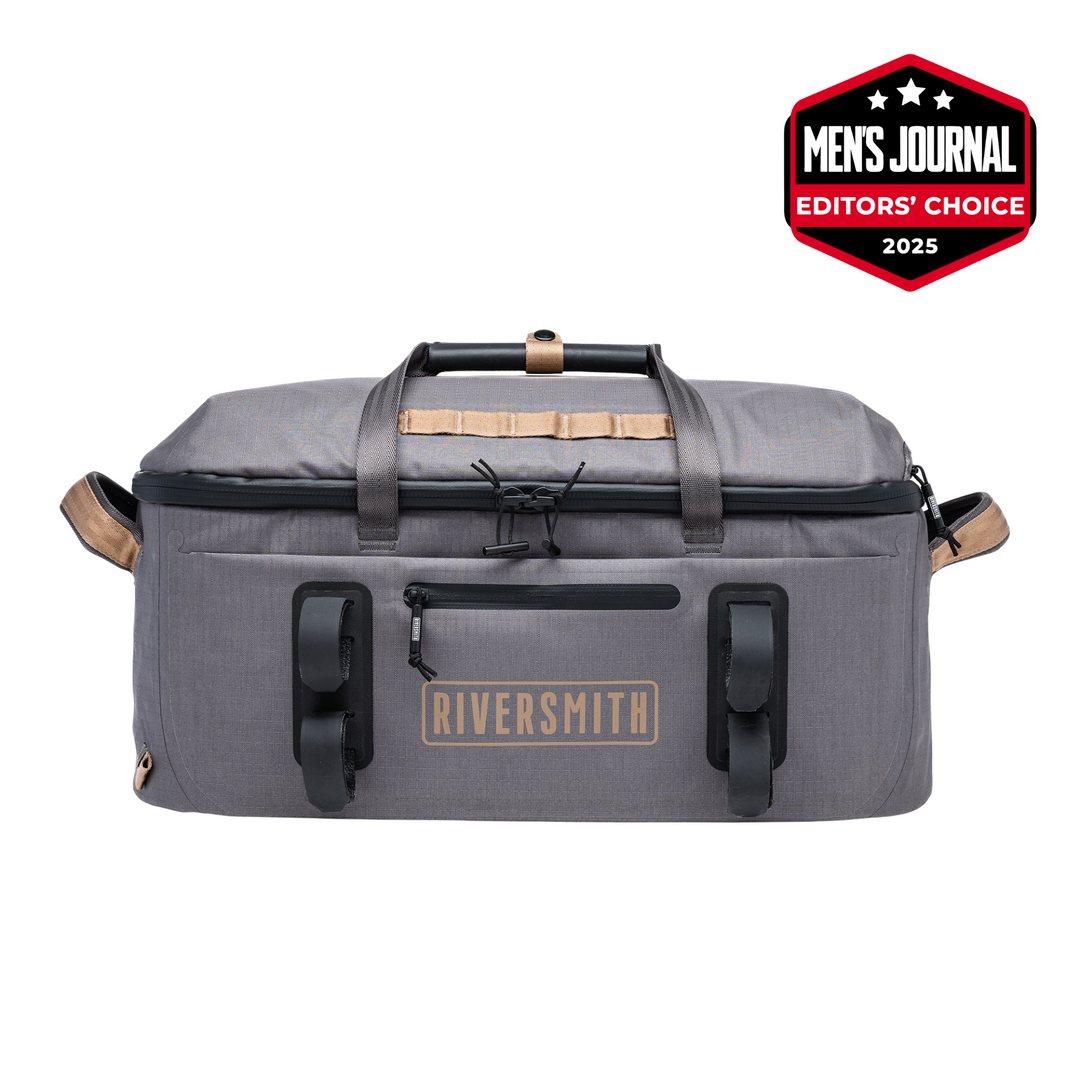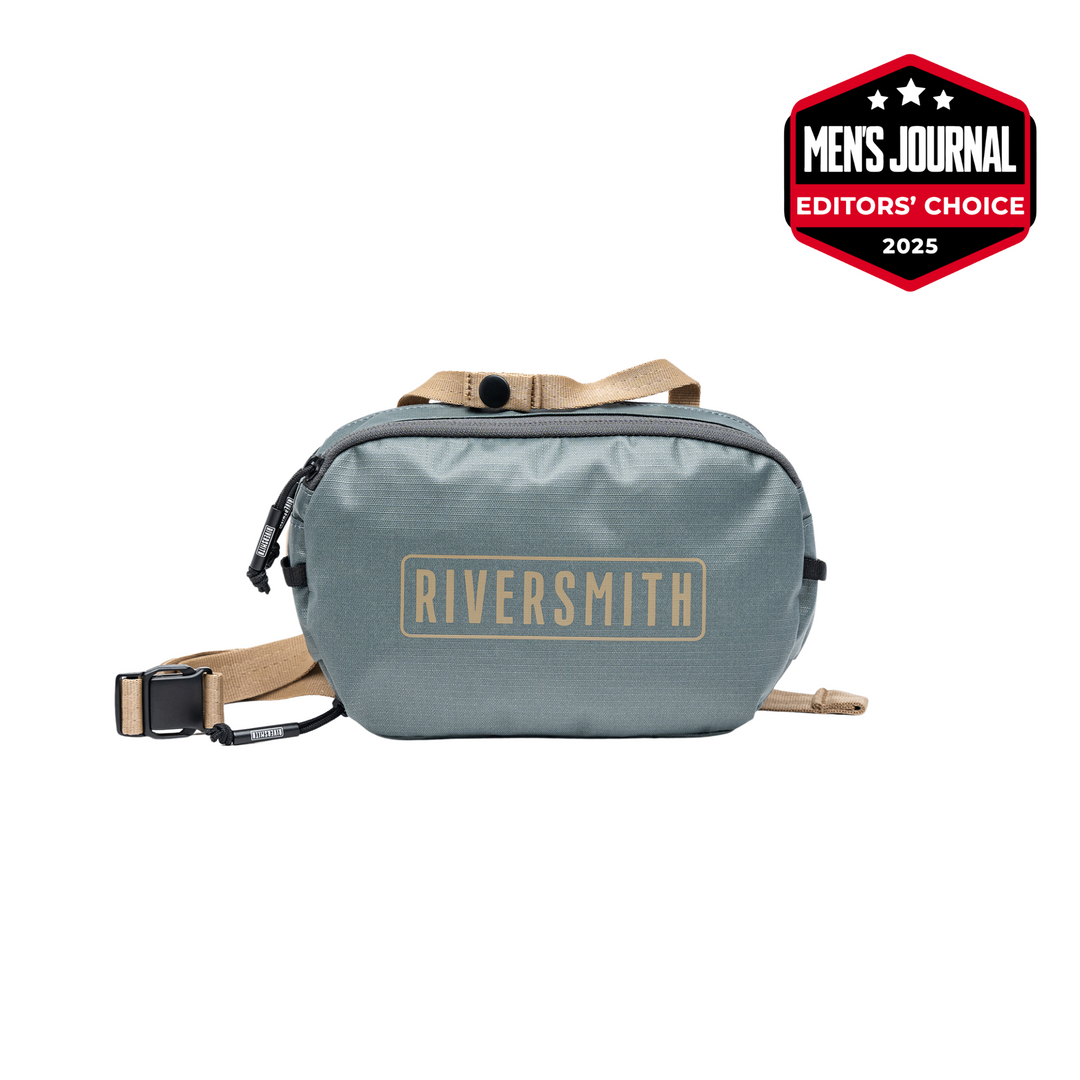The Main Subject of American Angling Literature
Throughout the 17th, 18th, and 19th centuries, angling authors were often making brown trout the subject of their work when writing about their passion for fishing. Although the brown trout is not native to the North American continent, their introduction to the United States in the late 1800s quickly made them known as a “world-class” species with the continuation of Americans being quite fond of this species today.
The scientific name for the brown trout is Salmo trutta and is broken into two parts. The first half of its name, Salmo, references the fish’s European salmonid origin, and the latter half of its name, trutta, is Latin for “trout.” However, because it is a fish species that has been widely introduced to many varying environments globally, there are several morphs of the brown trout that embody different scientific names.

These varieties include the Salmo trutta morpha fario (of the river ecotype,) the Salmo trutta morpha lacustris (the lake ecotype,) and the Salmo trutta morpha trutta, (the sea trout type,) meaning they migrate to the ocean for a portion of their life before returning to the freshwater to spawn.
The brown trout’s native waters expand from the northernmost part of Norway, to tributaries throughout Russia, to the Atlas Mountains in North Africa. By introducing the brown to regions all over the world, they are now also found in North and South America, Australia, Asia, and South Africa, making them one of the most popular species fished today.
Brown Trout Appearance and Size
A simplistic profile of the brown trout includes a slender body that is coated with a brownish-red hue and a head that narrows. Known to be anywhere from two pounds to forty pounds depending on the morph type, the brown trout can also be anywhere from sixteen inches to thirty-nine inches long. That said, the lacustris variety has been known to reach over sixty pounds in weight, so the best way to ensure a brown has been caught is to look at its defining characteristics.

It's tricky to distinguish a brook trout from a brown trout because their appearance is so alike. The brown trout's body is typically golden-brown in color and has large spots darker than its body, with pale halos circling them whereas a brook trout has spots lighter than its body, which is dark green-brown. The brown trout has no distinct pattern on its back, unlike the brook trout, whose back displays a wormlike pattern. And finally, the brown trout has very little and often no spots on its tail, which contrasts the brook trout's tail, often peppered with spots all over the surface of its tail. By examining the fish on your line for these three features, you will more easily be able to tell if you’ve caught yourself a brown or a brook trout.
The current world record for the largest brown trout ever caught was set by a man known as “Seamus from Turangi” in 2020. Seamus caught a forty-four pound, three ounce brown trout from the same waters that flow through the Ohau Canal in Twizel, New Zealand. The Ohau Canal is the same waters that the previous brown trout record holder was caught from back in 2013!
Habitat and Diet of the American Brown Trout
With coverage and structure being the two most important factors to the brown trout’s featured habitat, they are most commonly discovered near submerged logs and rocks, in the undercuts of banks, and beneath overhanging vegetation. The structure they find so critical provides a shield from overhead predators and from sunlight that may further expose them. They also have a desire for cooler water temperatures, around 60-65 degrees Fahrenheit, so the coverage they seek will most often make up these conditions.

Brown trout are often found in heavy, strong currents and during winter freezes, they will enter even deeper waters where there are plenty of macro-invertebrates to snack on. Beyond the streambed where these invertebrates are found, brown trout have an appetite for creatures found near or hovering the water’s surface such as other fish, frogs, mice, birds and insects. Similar to other trout species, the brown also enjoys insect larvae, pupae, and nymphs. They’re not the pickiest eaters and will take to anything flying, lying, or swimming around.
Fishing for Brown Trout
Because structure allows brown trout to ambush their prey and also serve as a protection from predators, this is where you will most likely find them. Look for big boulders or fallen logs in the water that require the current to move around it, creating a deep pocket and an ideal home for the brown.

Catching a brown with a light action spinning rod is an excellent tactic. Like other trout species, browns have impeccable eyesight, so you’ll want to use a light line that it finds difficulty spotting. The monofilament variety is a popular choice compared to a braid line; trout have soft mouths, so the stretchable material of a monofilament line will prevent damage.
Browns are caught with a range of lures that come in many forms, such as soft plastics, hard bodies, spoons, bladed and winged lures. However, there are some lures that are better for casting; Rapala minnows, Celtas, and metal blades are the most commonly mentioned angler favorites. Conversely, a winged lure like the Tasmanian Devil will do better for a trolling method.
Brown trout are also notorious for springing into action with a lot of commotion caused by baits and lures. To emulate this, you can rig your line with some live bait and move your rod and monofilament line in small, testy, jerky movements. This chaos will attract the brown’s attention and allow you to outsmart them.
Brown Trout- An Angler’s Favorite Challenger Worldwide
Found on and around every continent in the world, excluding Antarctica, the brown trout is a diverse and highly abundant species. Stocked in 45 of the 50 states, and self-sustaining in 34 of those states, their resiliency and competitive nature make the brown an angler favorite worldwide. A brown trout’s most highly desired environment is relatively simple; cool, calm, and clean.
When fishing for brown trout in waters cool, calm, and clean and look up from the river’s current, it’s likely that you are surrounded by the greatest of nature’s offering. Tomas Garrigue Masaryk put it simply when he said, “wherever the trout are, it's beautiful.” Most anglers must agree.




